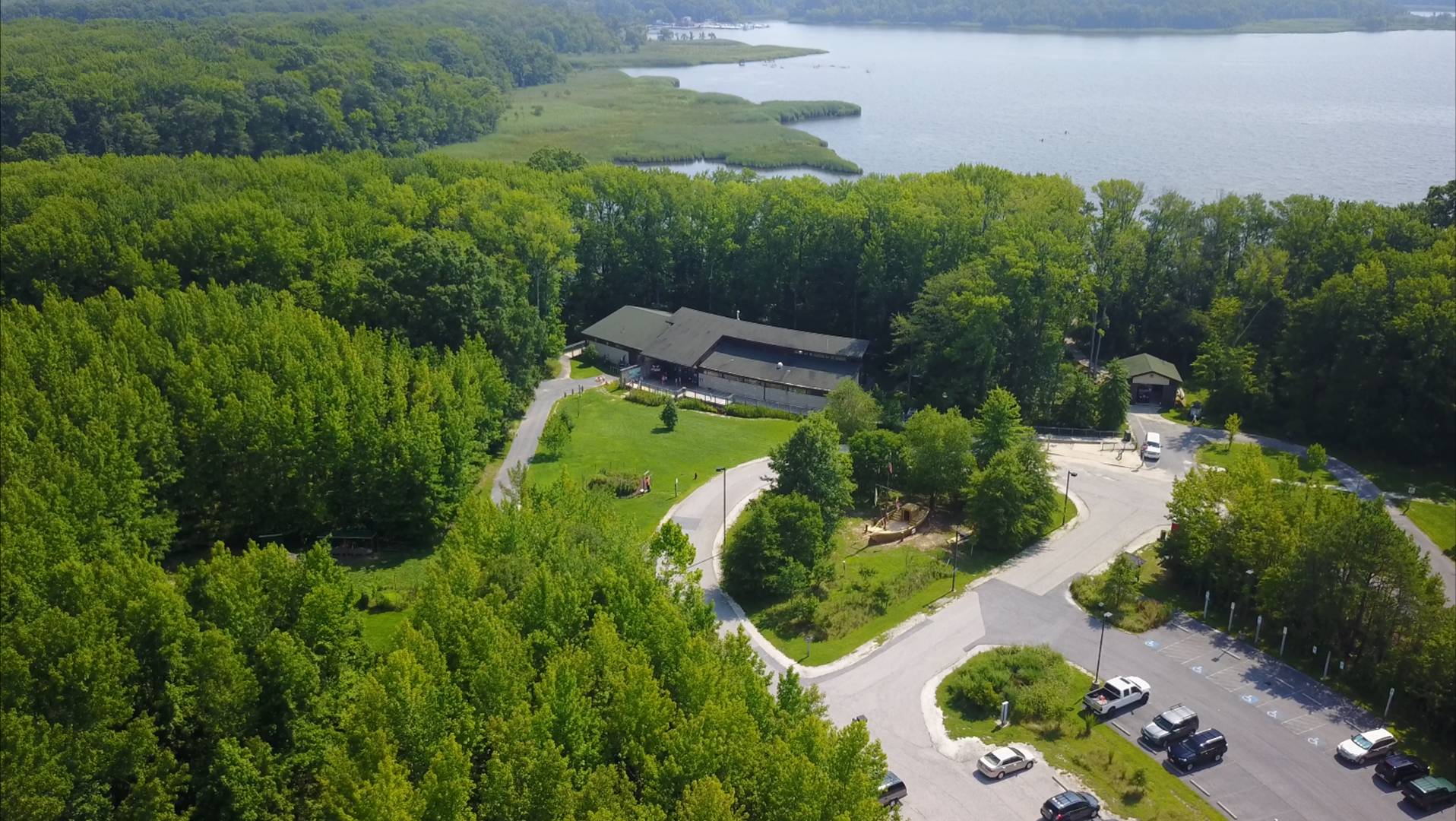The white-breasted nuthatch is one of our most common and recognizable birdfeeder visitors. Their call of “ank-ank-ank” and the speed with which they move up and down the trunks of trees distinguish them from any other common feeder birds. During winter, however, an observant birder might also occasionally spot a red-breasted nuthatch. Both of these nuthatches are omnivorous and adjust their diets seasonally—more insects during the warm months and more seeds during cold weather.
The white-breasted nuthatch can be found in our area year-round while the red-breasted nuthatch is a more northern species that prefers pine forests. During the winter, however, they can be found well to the south.
Their arboreal acrobatics might suggest that nuthatches are related to woodpeckers, but they are not in the same family. Nuthatches depend on their strong claws to move up and down trees head first. They also hang under branches and walk upside-down in their search for food. Woodpeckers, on the other hand, depend on their tails to support them as they climb and almost never move head first down a tree.
Red-breasted nuthatches and woodpeckers excavate their own nest cavities and depend on their strong bills, while white-breasted nuthatches prefer to find a natural tree cavity or an abandoned woodpecker nest.
Nuthatches will travel back and forth from a birdfeeder to their favorite tree with each seed they grab. Once back at their tree, they will wedge the seed into a crevice in the bark where they will pry it open with their bill or store it for later. Indeed, the name ‘nuthatch’ comes from this habit of wedging seeds or nuts into crevices—and using their bills to hatch or hack out the edible part from the shell.
Their distinctive coloration, nasal calls, and acrobatics make both of our nuthatch species memorable and interesting visitors at the birdfeeders around Marshy Point. Several red-breasted nuthatches appear to be spending the Winter here, making this an excellent time to observe both species.

